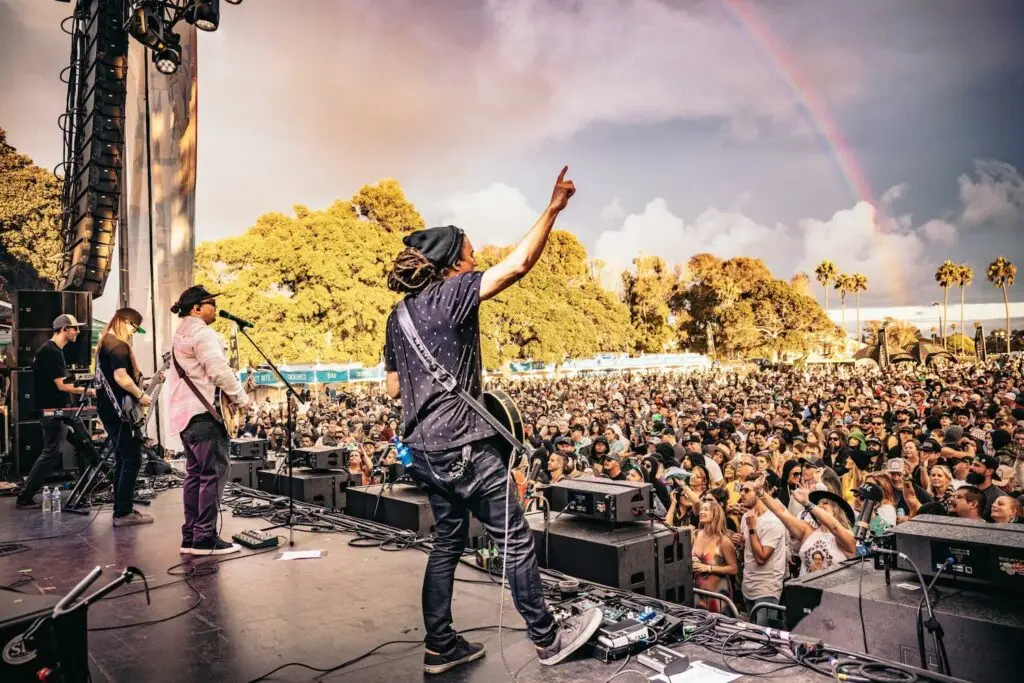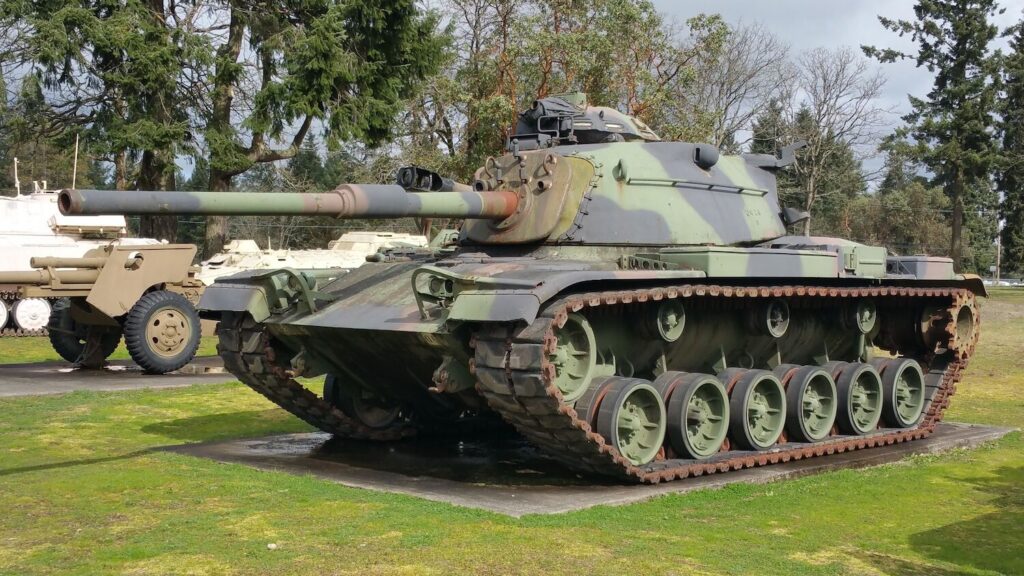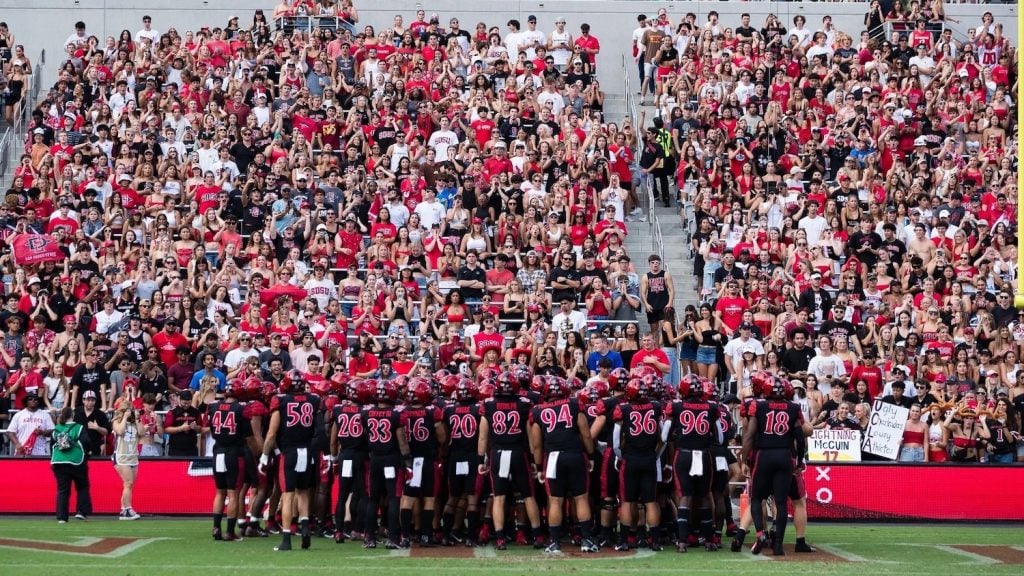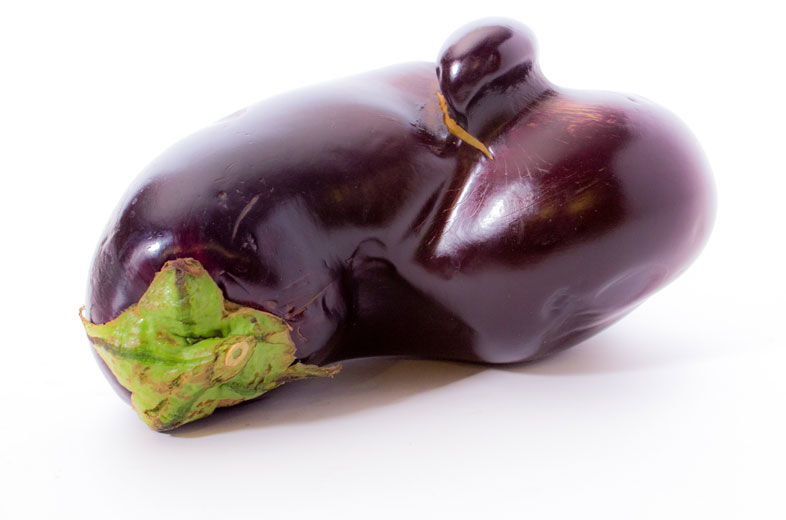It’s hard to blame them, but it’s time to change. That stack of beautiful, perfect apples at your grocery store hides an ugly truth. They’re too pretty. That’s a problem, because Americans waste 40 percent of the food produced every year; we throw out about $165 billion worth of food annually. And major grocers are a big reason for that. Most of them have strict cosmetic guidelines for any fruit they take from farmers. The apples have to be the right size. The peppers can’t be shaped weird. Eggplants can’t look like butts. Some farm workers are taught to not even pick produce that doesn’t fit the grocery standards. Perfectly good, healthy produce that isn’t attractive enough—wasted.
Granted, grocers have to sell food. Branding matters. They believe Americans won’t buy “ugly” fruits or vegetables. Market by market, Ben Simon, CEO and cofounder of Imperfect Produce, is proving them wrong. His company takes “ugly” fruit and vegetables from farmers that would otherwise go to waste, puts them in a box, and sends the little freaks of nature to customers. Started in San Francisco in 2015, so far Imperfect has saved over 30 million pounds of good, albeit unhandsome, fruit and veggies. And in September, they expanded their subscription service into the San Diego market. Here, Simon talks with me about how a college dining hall inspired the idea and why launching in San Diego was a “no-brainer.”
How did you get into the business of food waste?
About seven years ago, friends and I had been involved in fighting hunger through canned food. At one point we saw a lot of really good food wasted at our college dining halls. Whole pizzas and bins of pasta tossed out. So we worked with the dining hall for our first initiative, Food Recovery Network. We did 15,000 pounds in our first semester at University of Maryland. We’re now at 230 colleges around the country. I started to ask advisers where the most food is getting wasted that could be recovered. And they all pointed toward farms. So I had to go to California. I had somebody take me to farms across the state. I saw how much food is getting wasted because it’s too ugly. Every time, the estimates from farmers were between 15 and 30 percent. They called it “byproduct.” It’s the same fruit, just not the right shape or color.
Did you try to talk to grocers?
Grocery stores don’t even fully understand the negative impact on growers and the market. I spoke at a pitch competition. Various heads of sustainability for mainstream grocers were there, basically laughed me off the stage that regular people would buy fruits and veggies shaped like this. They were oblivious to what I’d learned from their growers just a few months earlier. We said, “There are all these people who want to buy ugly fruit and veggies, and at the same time the grocers are skeptical. So rather than pitching grocers, let’s go to the people.”
How is Food Recovery Network different from Imperfect Produce?
FRN is a nonprofit focus with students, delivering to local soup kitchens. Imperfect is a for-profit business. Our mission is to eliminate food waste and to better food systems by recovering these 20 billion pounds.
How does it work?
It’s a home delivery business. Customers can design their own custom boxes. It’s a lot of fun on our social media. We love to post pictures of our VIPs—very imperfect produce. We always pick out our celebrities, like the eggplant that’s got a nose.
What has the reaction been?
We’re now serving eight markets around the country, on the West Coast, the Midwest, and Texas. We recently passed 30 million pounds of produce recovered. Press has been a big part of the story. We got tremendously lucky that the media took a huge interest. During our launch, we were covered by PBS, the New York Times, and a whole feature story in National Geographic—a few months into launch, we were on the cover.
You’ve said “wasted produce is wasted water.” Explain.
Around 70 percent of fresh water in the US is used to grow food, according to the National Resources Defense Council. Given we waste about 40 percent of food, 25 percent of all fresh water is wasted on food that’s never eaten. On average, dozens of gallons of water go into growing every pound of produce. It would’ve taken close to a billion pounds of water to grow the produce we’ve saved. Why San Diego? The city’s a no-brainer. Plus my brother, uncle, and cousin live there. They’ve been asking me for years to bring it to San Diego.
Is it cheaper than buying “perfect” produce at a grocery store?
We pay a different company in each of our markets to scope out the grocery stores every week, and we shoot to beat that by 30 percent. Assuming you put at least 18 or 20 pounds of produce in your box, you should be saving money with Imperfect over a middle-of-the-road grocer. If you create a small box, like $10, after that $5 delivery it’s on par or a little more expensive than a grocery store.
Did you ever think Imperfect would grow this big?
Not a chance. I got into this as a college student volunteer. I didn’t make a dime the first two years, working 20 hours a week. After that life as a nonprofit, barely making enough to live, I never thought we’d be able to make this a real business. I had no idea there would be any money in food waste. And frankly, I didn’t care.
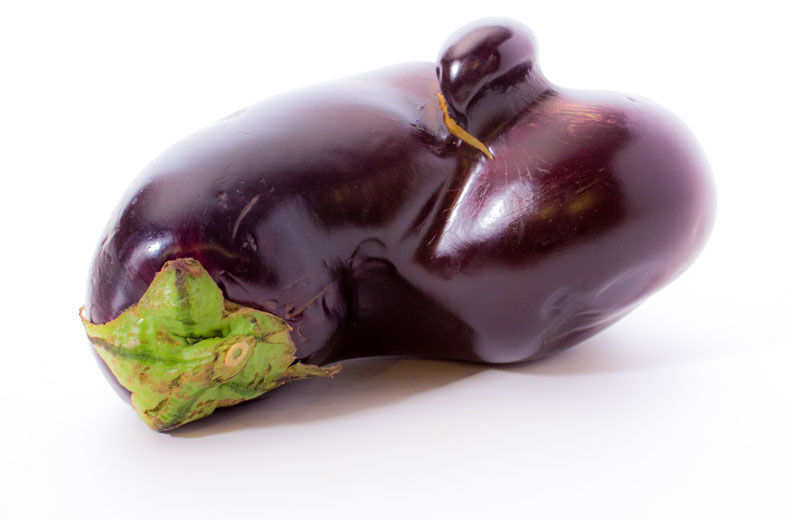
Q&A: Imperfect Produce, the “Ugly” Fruit and Vegetable Service
